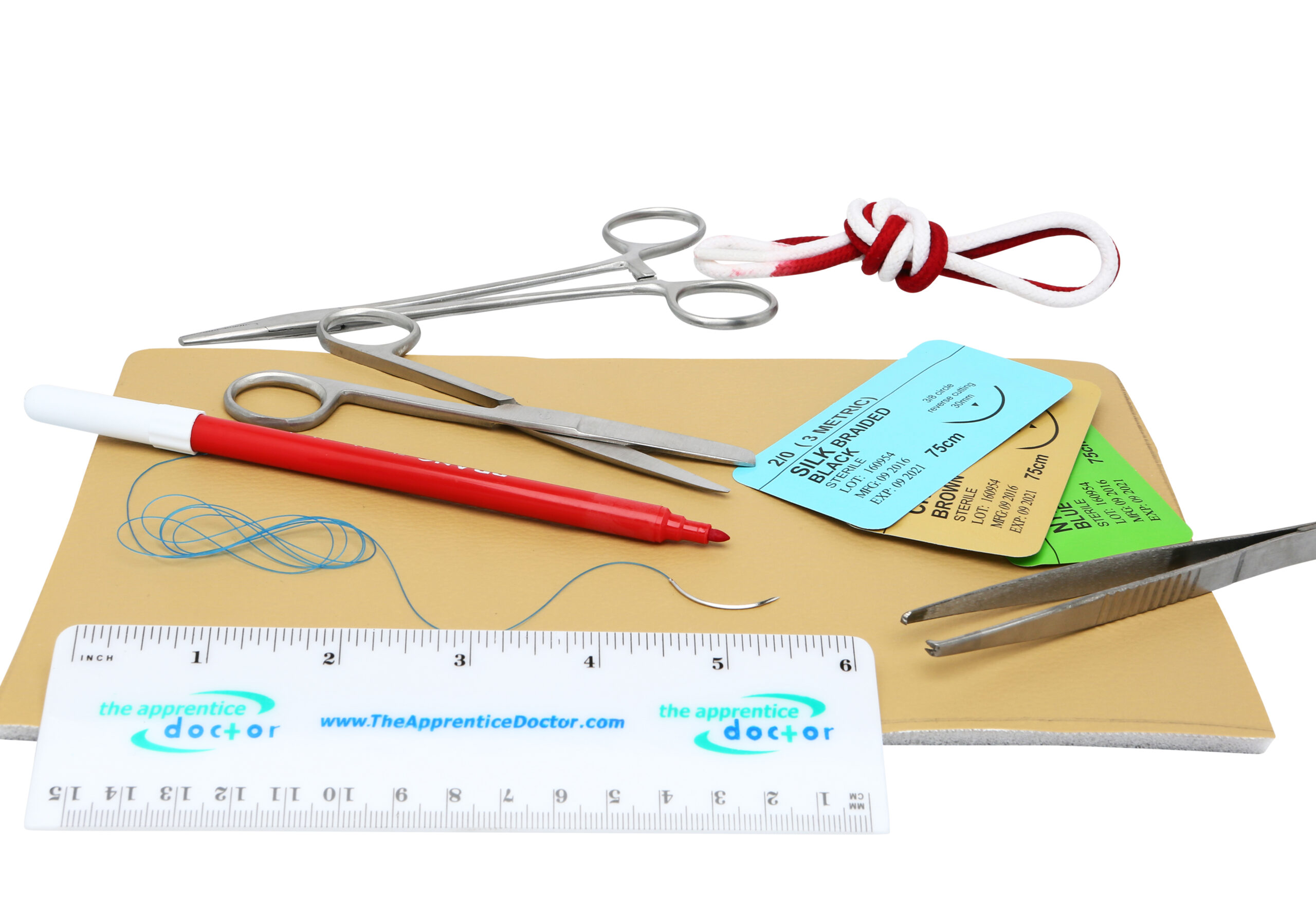As a general rule, wounds are either closed secondarily or primarily.
Primary wound closure is one that is operated upon the wound within a short time of its occurrence. The suturing takes little cleaning and preparation which is probably why this type is more popular when it comes to wound suturing.
Secondary wound closure is one that is used to suture the wound which hasn’t been closed properly, or there has been a delay in its closure for up to a couple of days since the occurrence of the wound. This is a more complicated procedure to carry out as these wounds have to be meticulously cleaned first.
Primary or secondary; which to choose and when
Wounds that are 6 to 14 hours old can be closed using the primary method but only if the wound is not infected. If it is, the wound must be cleaned and treated to remove any traces of an infection before any suturing is performed.
On the other hand, wounds that are at 14 hours old or more shouldn’t be closed primarily.
Do not use the primary method if any of the following conditions are present:
- Reddening around the wound is spreading.
- Discharge of pus from the wound.
- A constant high temperature.
- A mass of soft gaping tissue.
Clearing the wound requires 3 to 7 days of aseptic care along with warm dressings and irrigations. Only then, should secondary wound closure be attempted.
Surgical knots used in suturing
The most important part of a good suturing technique is whether the knot tying method of the suture is correct or not. Different types of knots are used for different types of wounds.
Square Knot – One-Hand Technique: A two-hand technique is often used to tie the square knot; however on some occasions it’s not the right technique. In those moments the one-hand square knot technique is used, either the left hand or the right.
Square Knot – Two-Hand Technique: This technique used for closing wounds is the considered the easiest and most reliable when it comes to using most suture materials for tying. The same technique can be used with surgical gut, surgical cotton, virgin silk, and surgical stainless steel.
Deep tie knot: Tying up a suture in a deep body cavity can be difficult and requires a more complex type of knot. In order to stay tied up, the square knot must be firmly snuggled down. However the operator must perform the suture in a way that avoids upward tension of the suture or else the delicate tissue might tear.
Instrument tie: This knot tying technique is particularly useful if/when the ends of both the suture material are short. To get the best results, proceed with caution when using the needle holder, especially when the suture is of a synthetic absorbable type or any other monofilament suture since repeated bending can cause the sutures to break.
You can read more on suturing techniques here.
Suturing Course and Kit course from The Apprentice Doctor!
There is no need to wait on getting practice with suturing. Before you step into any situation requiring suturing, even an emergency in your own home, you can perfect your suturing skills. The Apprentice Doctor® Suture Kit & Suturing Training Course teaches you how to confidently close wounds. Begin training today!
What do you think? Leave us a comment below.


I have a surgical knot under the skin after a double fusion in my neck. How long will it take for that to disappear? It’s been 7 months. Thank you, Kathleen
Sounds like a stich-scar – I will recommend that the surgeon have a look at it – may need a small revision to get it sorted.
I have a surgical knot under the skin after a double fusion in my neck. How long will it take for that to disappear? It’s been 7 months. Thank you, Kathleen
Sounds like a stich-scar – I will recommend that the surgeon have a look at it – may need a small revision to get it sorted.